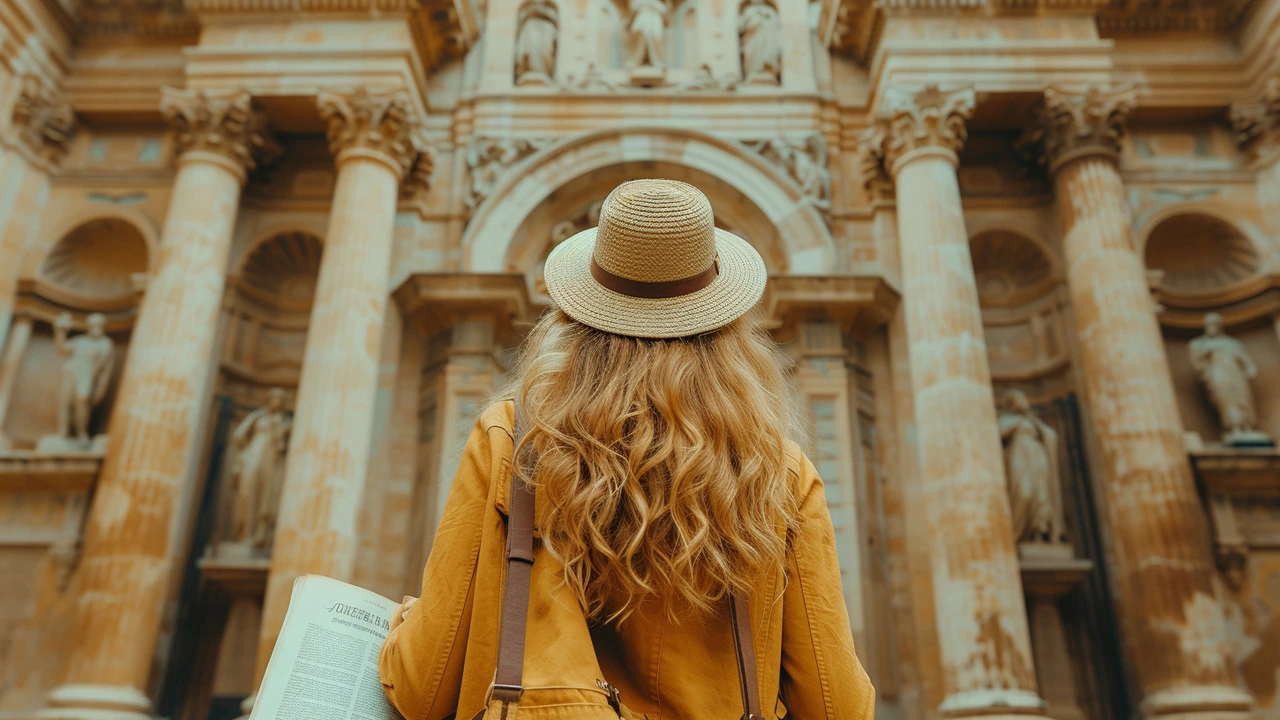Architectural Conservation: Practical Ways to Preserve Historic Buildings
Historic buildings are fragile. A wrong repair can erase centuries of craft in a single afternoon. That’s why architectural conservation matters: it keeps the original structure, materials, and story intact while making buildings safe and usable today.
Conservation is not the same as renovation. Renovation often replaces for style or convenience. Conservation prioritizes retention: keep as much original fabric as possible, repair rather than replace, and document every change. That mindset guides choices from mortar mix to paint color.
Common techniques that work
Start with a careful survey. Record cracks, water stains, roof issues, and past repairs. Use photos, sketches, and simple condition notes. Small problems caught early cost far less than major ones later.
Masonry repair should match the old work. Use lime-based mortar rather than modern cement for many historic walls. Lime moves with the building and prevents trapped moisture. For wooden elements, choose consolidants or dutchman repairs (small insets of matching wood) instead of full replacement.
For roofs and windows, prioritize weather-tightness over replacement. Repair original windows with new weather stripping and epoxy repairs; add storm windows if you need better insulation. Replace only when pieces are beyond repair and keep a record of what was replaced.
Mechanical upgrades like HVAC, wiring, and plumbing should be reversible when possible. Run new services through existing chases or discreet routes so changes can be undone without major demolition. Use minimally invasive anchors and fasteners to protect original materials.
Practical tips for owners and communities
Budget for maintenance. A yearly walkaround to clear gutters, check flashing, and paint exposed wood avoids costly structural fixes. Treat maintenance as the cheapest form of preservation.
Ask for expert advice early. A conservation architect or experienced contractor can point out risks and simple fixes. They often prevent well-meaning mistakes like using hard cement on soft stone or sanding away historic surfaces.
Use local rules and incentives. Many places offer tax credits, grants, or technical help for certified restorations. Check your city’s heritage office before changing key features like facades, cornices, or window styles.
Share the story. Historic buildings keep neighborhood identity. Put up a small plaque, use before-and-after photos, or host an open day. Community awareness makes preservation politically and financially easier.
Finally, accept some change. Conservation balances use and authenticity. Some modern interventions—sympathetic insulation, discreet accessibility ramps, or careful lighting—can prolong a building’s life while keeping its character. The goal is a living building, not a museum piece.
Examples help. In many cities, saving a Beaux‑Arts bank, a Greek Revival courthouse, or a row of Victorian houses started with small steps: fixing gutters, restauring cornices, and matching original paint. Schools and volunteers can catalog details like moldings and window types. If you own a historic property, start a simple log with dates, photos, and receipts for repairs. That record makes future work easier and raises the value for buyers who care. Preservation is a mindset—steady care beats rare big fixes. Start small, act now, share.

Preserving the Legacy of Colonial Architecture
Hi there, friends! In today's post, we'll journey through time, exploring the beauty of colonial architecture. We'll discuss the key features that make these constructions unique and the significance they hold in our societal history. More importantly, we'll dive into the methods of preserving these cultural treasures, ensuring that our future generations appreciate these architectural marvels as much as we do. Join me in my journey of preserving and celebrating architectural legacies with a focus on colonial era buildings. Come, let's delve into history together!
Read more